Overview of the smartphone ASUS ZenFone 5 Lite (ZC600KL)
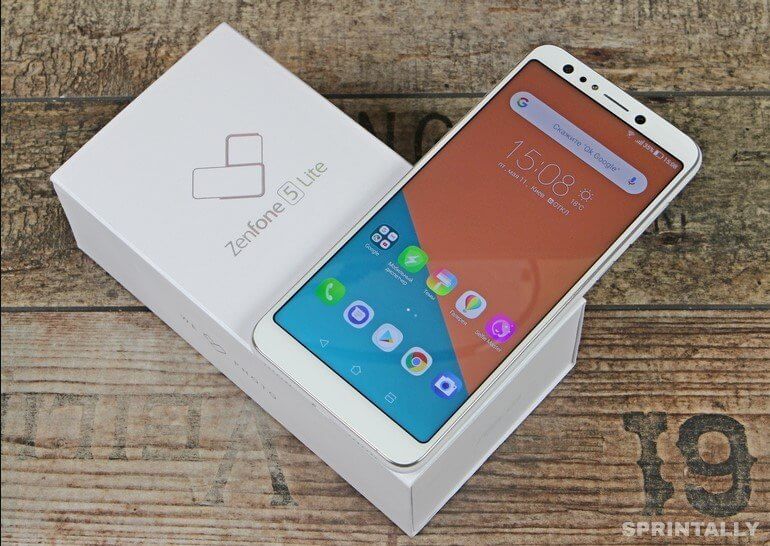
At the January exhibition MWC 2018, ASUS thoroughly updated its line of smartphones. Today, we will take a closer look at the features of the retail sample, which is already officially available in the USA.
Equipment
The smartphone comes in a white box of medium size with minimalistic design. On the top cover holographic embossing designates the name of the model, on the side, it emphasizes the love of the photo. A 10-watt charger (5V, 2A), a USB cable, a SIM / microSD tray extractor and a wired headset with two pairs of interchangeable inserts are included with the unit.

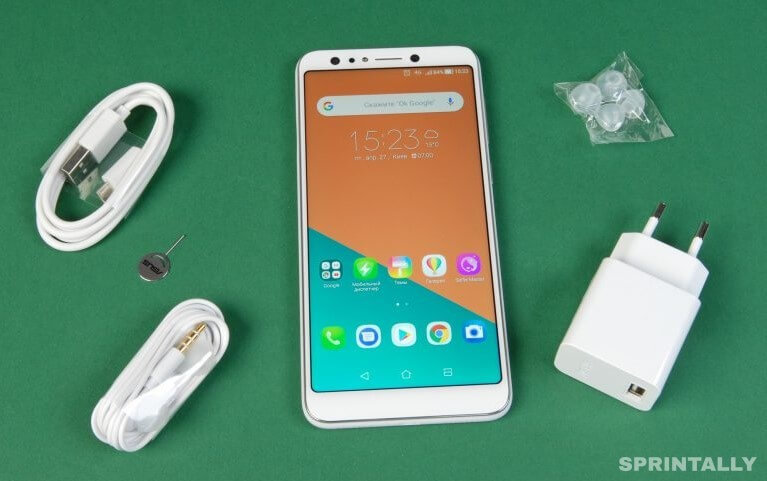
Design and layout
ASUS company has joined the manufacturers of smartphones that rely on devices with a newfangled aspect ratio of 18: 9. Such proportions allow developers to use displays with an increased diagonal. ASUS ZenFone 5 Lite - a clear example of the fact that 6-inch smartphones now do not necessarily have to be associated with shovels and may well be to the liking of those who are used to 5.3-5.5-inch devices, but do not mind in a similar format to get a little more screen. ASUS ZenFone 5 Lite has dimensions of 160.5 × 76.1 × 7.8 mm, while the device weighs 168.3 g.
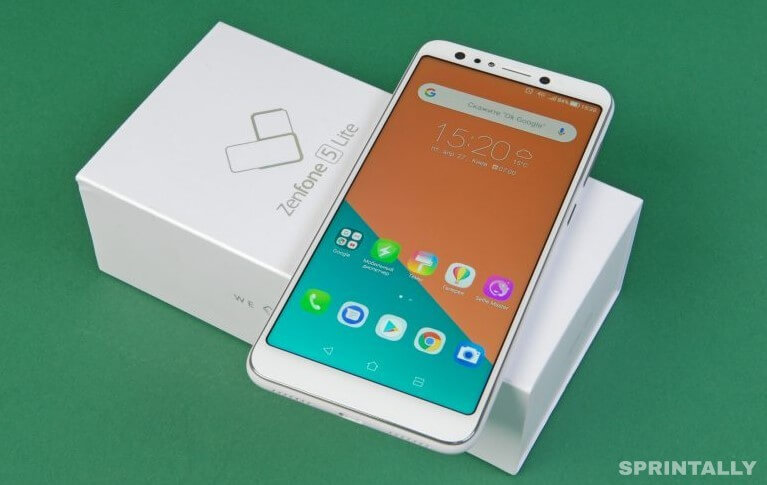

More than 80% of the area of the front panel is occupied by the screen. Above the display on the center is a grid, covering the speaker. Nearby are two front cameras, an ambient light and proximity sensor, and a small flash LED. The bottom segment below the screen is a millimeter wider than the upper one and does not have any active elements.
As you can see, we do not use a monoble reception here, as in the older model of ZenFone 5. Given the number and size of the functional elements of the front panel used, it would be problematic to place them on a segment of a limited area.
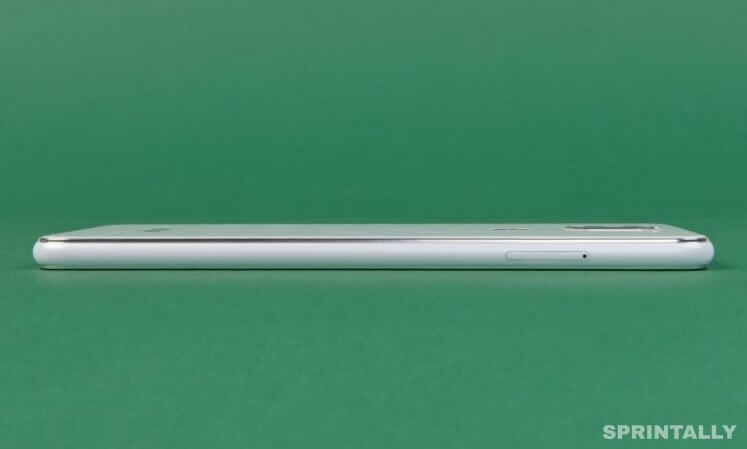
A SIM tray and a memory card are located on the left edge of the machine. To open the carriage, you need to use a complete paper clip. It's nice to note that the output tray allows you to simultaneously install two SIMs, as well as a memory card. In this case, you do not have to choose whether to be able to use the services of another operator or to increase the amount of internal storage.

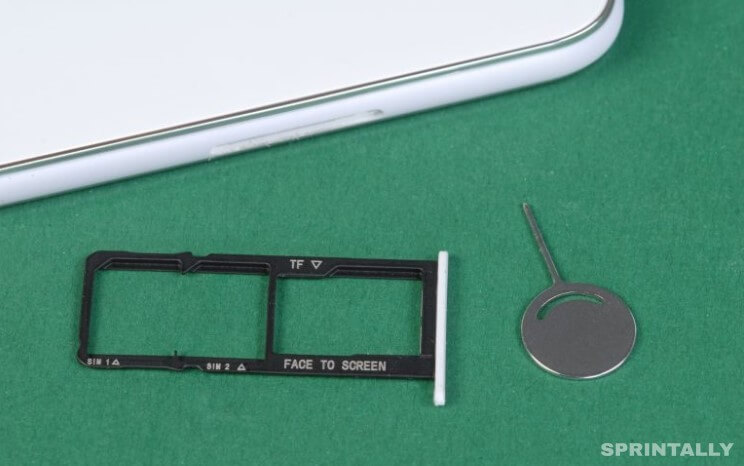
Often manufacturers offer combined trays that allow the use of a microSD card only instead of one of the SIM. Often this is argued by the lack of space, but, as we see, there would be a desire.
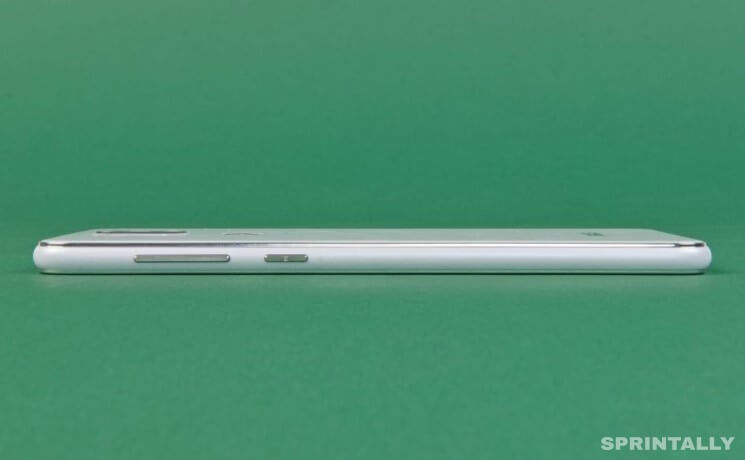
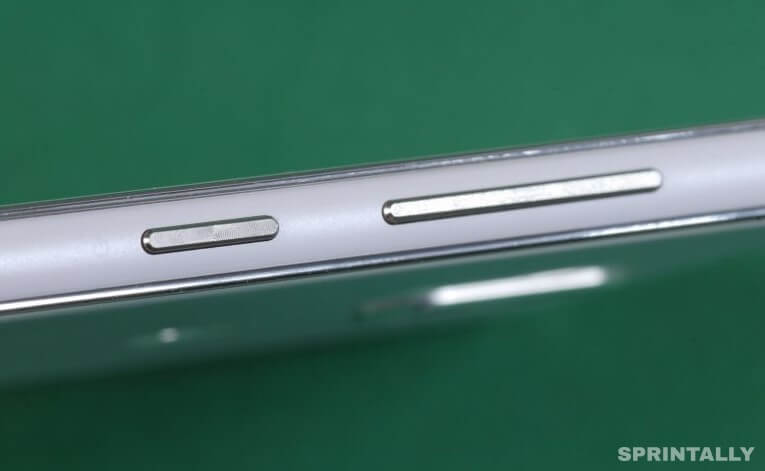
On the right side, there is a power button and volume rocker. The activation key has an almost subtle concentric incision. The firm invoice is almost invisible visually but tactilely felt. At the bottom, there is a micro USB connector for connecting the appropriate cable. Yes, alas, there is no gaining popularity of USB Type-C, which allows not bothering with the positioning of the connector when connected. For some reason, manufacturers are still trying to use the connector as a kind of device belonging to a certain class, and as you can see, Type-C does not always get even to middle-class devices. On the other hand, many probably already have a set of compatible cables, adapters, portable external batteries and other peripherals with Micro-USB, because of the owners of such
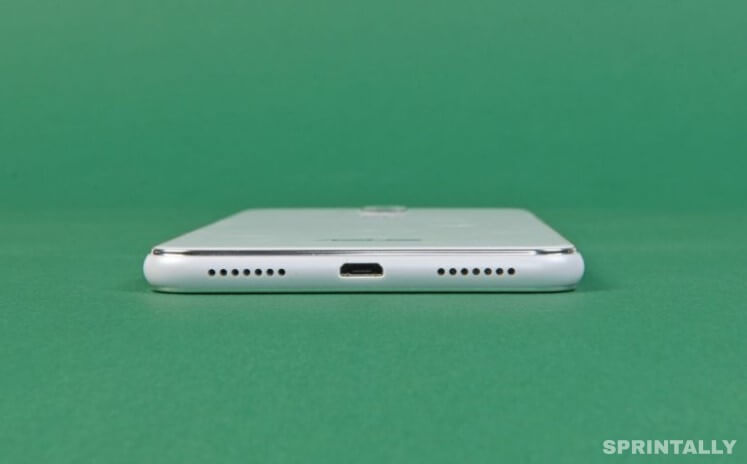

In the case of ASUS ZenFone 5 Lite, we also pay attention to the positioning of the connector, which is rotated 180 degrees relative to the usual position. However, as practical experience shows, this is more likely a matter of habit.
The panel also shows two rulers of holes. Behind the right segment is a multimedia speaker, and the left one is rather made for visual symmetry. In this part, there is a microphone. At the top edge of the smartphone is a 3.5 mm headphone/headset jack, and an additional microphone for active noise reduction. On the back panel, you immediately pay attention to the module towering above the common plane with the lenses of the two rear cameras. Nearby there is a flash. Below is the fingerprint reader. The silver logo of the manufacturer is printed under the glass in the bottom of the device. No more labels and other things.
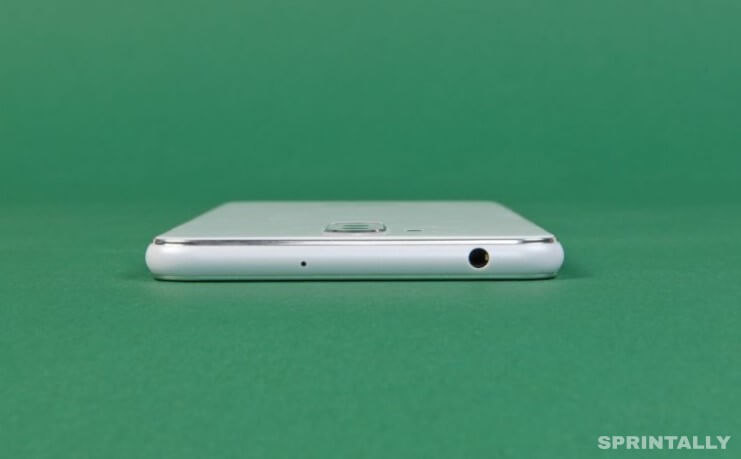
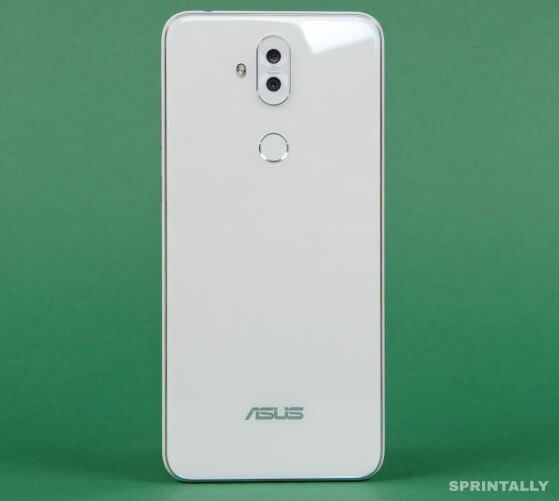
The front and back panels are covered with glass plates 2.5D. Apparently, one of the variations of Gorilla Glass is used, but this information is not explicitly mentioned in the specification. Between the glass plates and the frame of the body along the perimeter is provided a silver edging that emphasizes the contour of the apparatus.
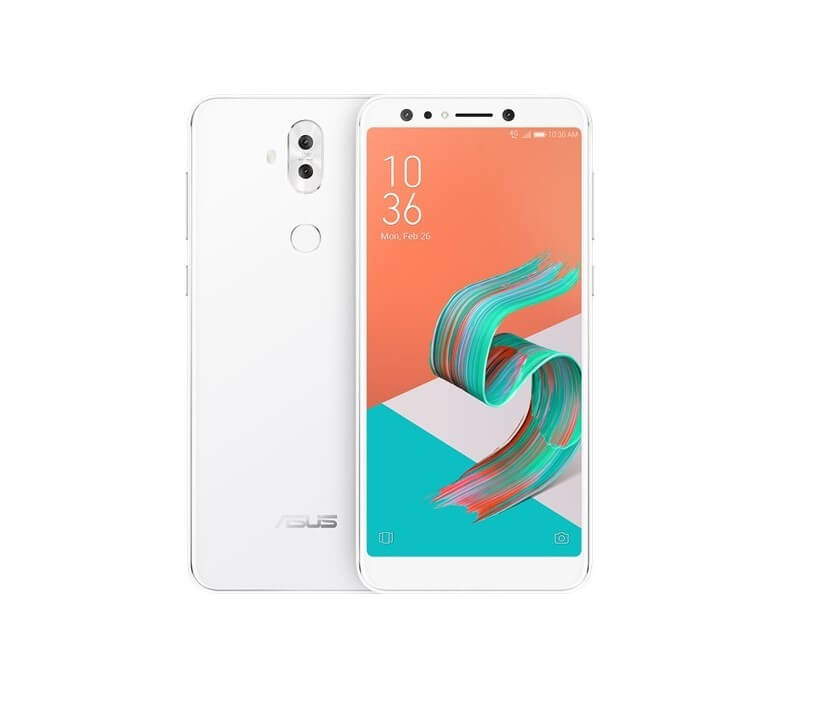

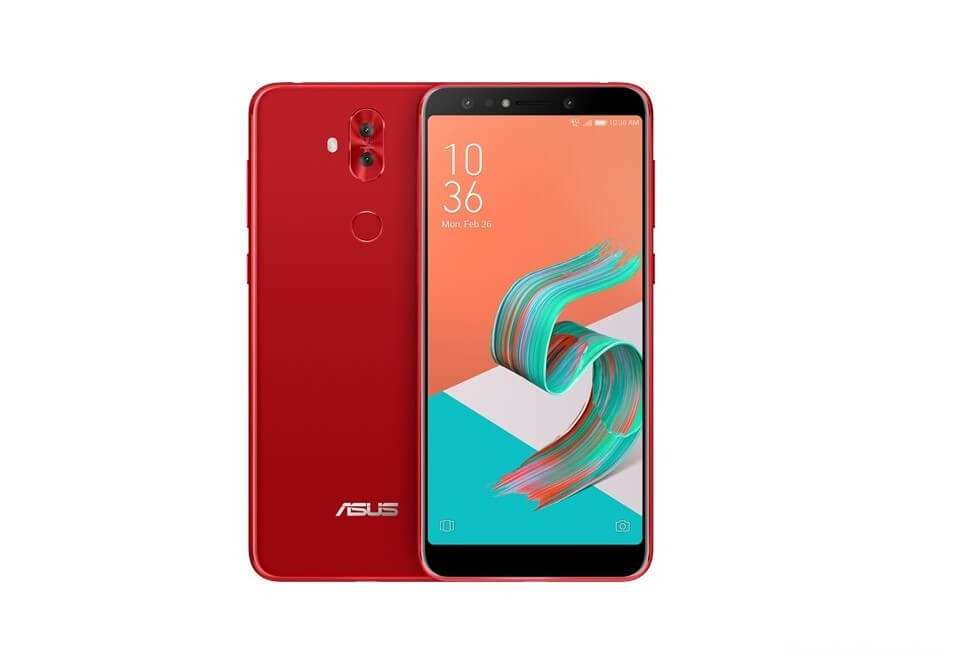
ASUS ZenFone 5 Lite is available in three colors - white (Moonlight White), black (Midnight Black) and bright red (Rouge Red). The device lies well in the palm of medium size. Despite the elongated shape and the aspect ratio of 18: 9, the 6-inch model is still quite a large device. Dimensions in width are almost the same as for smartphones with a screen diagonal of 5.5 inches with a classic 16: 9, but the height of the device is much larger. In this case, for sure you have to "intercept" the device to reach out with your thumb to the opposite corner of the screen. However, to be more convenient to manage with one hand, you can activate the appropriate mode of scaling the desktop.
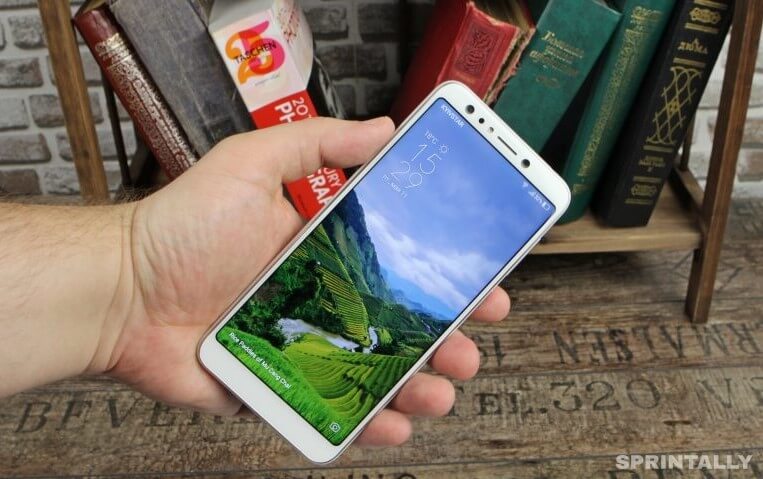
Tactile smartphone leaves a pleasant impression. The device is felt like a monolithic bar. No squeaks, backlashes, and bangs. The test for "twisting" the device also passes on hurray. The glass rear panel, although it looks impressive, for safety in case of an unsuccessful fall, it will not be superfluous to have an additional cover.
Branded accessories for ASUS ZenFone 5 Lite are not offered, however, on sale, you can already find alternative options. It is important not to order clothes for the same version of ASUS ZenFone 5 Lite, introduced in 2014. Note the modification of the new ZC600KL, whereas the age model has A502CG. As it is not surprising, but in white color ASUS ZenFone 5 Lite looks most practical. The rear glass panel quickly collects fingerprints, but on a white background, they are visible only at a certain angle.
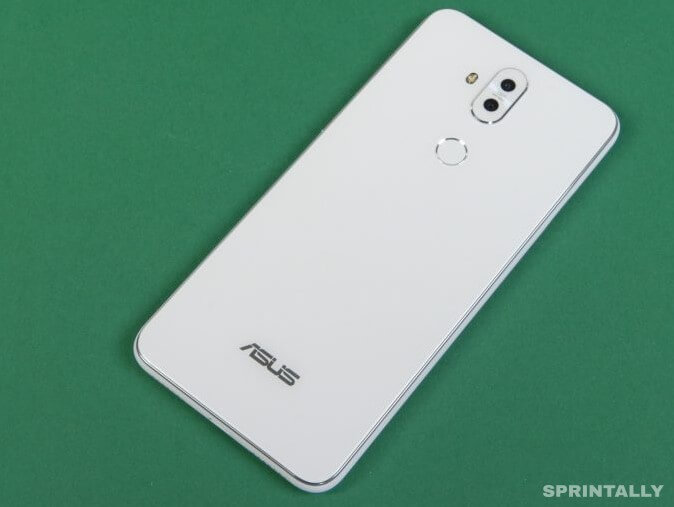
We note the good mechanical stability of the used glass front and rear panels. After sufficiently long use of the smartphone in a moderately gentle mode (without wearing a trifle and keys), there were no scratches or scuffs on the glass. But that they basically can be, says one superficial scratch on the back panel, which was present even before the test.
A lot has already been said about the advantages and disadvantages of glass backs. Some people like this design, but someone does not like it. Regardless of preferences, we can state that the backs of many top-end smartphones cover exactly such plates, and as we see, this trend affects middle-class devices.
Screen
ASUS ZenFone 5 Lite received a 6-inch IPS-screen with an aspect ratio of 18: 9 and a resolution of 2160x1080. The display occupies 80.3% of the area of the front panel. The side frames are rather thin. The manufacturer claims 1.79 mm, but in fact, at least half a millimeter on each side is added by the framework frame. The corners of the screen are rounded, in the case of a white apparatus, a black contour frame is clearly visible around the perimeter of the active region. Subjectively, she does not bother.

The screen has a good margin of brightness. According to the measurements - up to 460 cd / m². The minimum value is rather high - 37 Cd / m², although in practice, even in the dark, there is no desire to further reduce the intensity of the glow. The contrast is very good - about 1330: 1. For screens with IPS-matrices, this is an excellent result. You can even say that it exceeded expectations because the subjective image on the screen does not look so contrast.
The light sensor automatically adjusts the brightness of the screen depending on external conditions. The system works quite correctly, even more so when you activate the dynamic adjustment, you can set a certain starting level.
Under direct sunlight, brightness should be increased to the maximum. Of course, under such conditions, the image dims noticeably, but the screen remains quite readable.
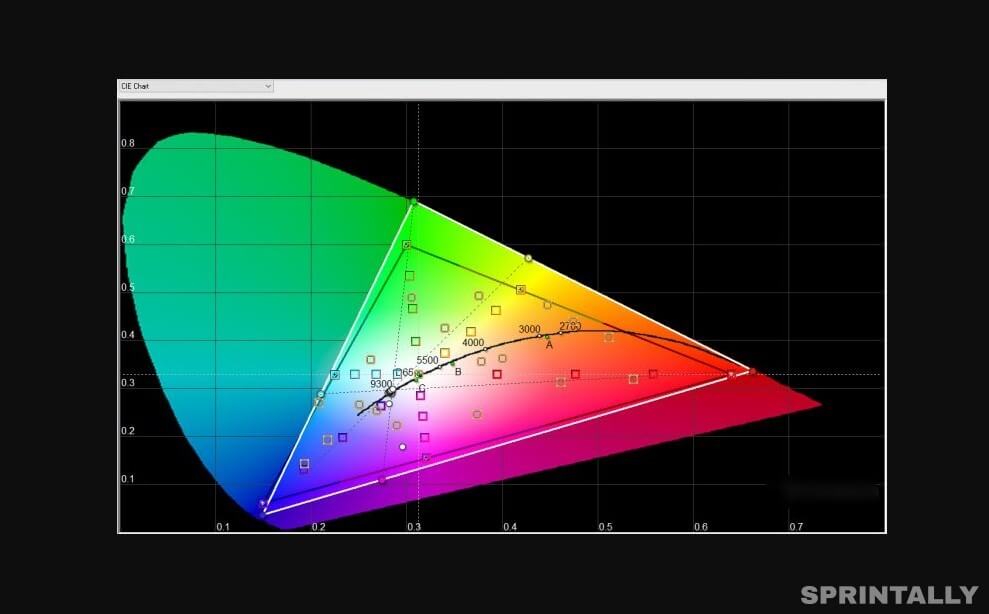
In default mode, the color temperature is greatly overestimated. This immediately draws attention even without instrumental measurements. The results of the calibrator confirm the first impressions - about 9500K and the obvious blockage in the cold semitones.
Adjust the situation allows a special filter of blue. Choosing one of the five available modes, you can choose the preferred option for yourself. In the "4" position we get the closest results to the standard 6500K.
In general, the color rendition is not bad, fans of the natural picture will certainly be satisfied, while the screen may not seem saturated enough for those who prefer bright juicy colors. Well, here it only remains to look towards AMOLED.
In the smartphone's startup software there was no original ASUS Splendid option, which allows more fine-tuning of the screen parameters.
Platform
For ASUS ZenFone 5 Lite the current medium-class platform is used. The smartphone is equipped with an 8-core Qualcomm Snapdragon 630 processor with a. The 14-nanometer chip is very well proven in this segment. SoC offers a good combination of performance and economy.
ASUS ZenFone 5 Lite also uses a win-win for its class combination of operational and permanent memory - 4/64 GB. In our market, smartphones will be offered on this platform, although in principle for ASUS ZenFone 5 Lite can also use a less productive chip Snapdragon 430 in combination with 3 GB of RAM and internal storage of 32 GB. In both cases, the data store can be expanded with a microSD memory card up to 2 TB in size.
Separately note the presence of Wi-Fi 802.11ac, as well as full support for NFC, which is not so often found in devices of this class.
BY
The smartphone uses the operating system Android 7.1.1, but, according to the manufacturer, this is a temporary solution. In the third quarter of this year, ASUS promises to offer an upgrade to Android 8.0. The originality of the current version of the OS is added by the proprietary ZenUI shell.
Performance
The smartphone got a decent platform for its class, so there are no special performance issues during the normal use of the device.
8-core Snapdragon 630 copes well with all the typical tasks, here also 4 GB of RAM.
Reminders that we are dealing not with a flagship can appear in heavy games, where the Adreno 508 does not always perfectly handle high graphics quality settings. Here, the increased screen resolution also makes itself felt, which also creates an additional load on the built-in GPU. Nevertheless, with most ASUS projects ZenFone 5 Lite copes without any difficulties.
During sessions of resource-intensive applications, the upper part of the device is heated to a minimum, but this does not cause any discomfort.
Multimedia
As we have already mentioned, the smartphone has one multimedia speaker located on the bottom edge. The maximum volume level is medium, the sound is flat, a little lack of volume. The conversational speaker does not play up to the main one, because the stereo effect is not observed.

Let's note a simple, but the practical design of the "protective grid" radiator, consisting of seven holes in the frame of the case. In this case, even carried away by playing with the landscape position of the screen, you are unlikely to block the index finger access to the dynamics because the sound will not be cut off at the most inopportune moment.
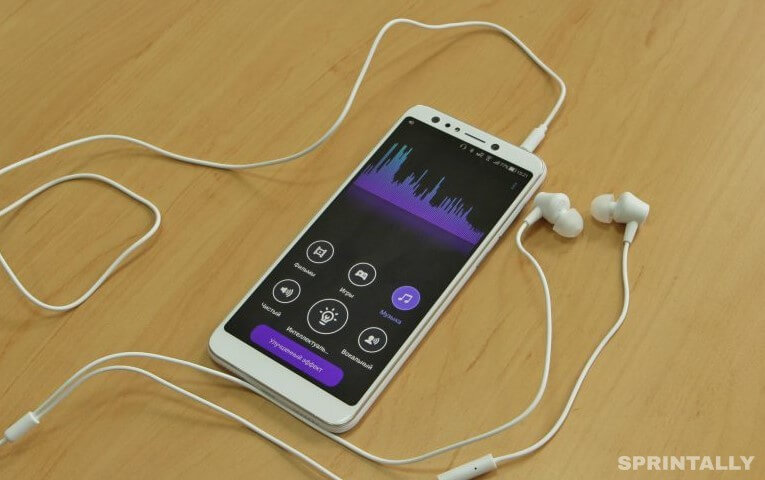
In the kit with the smartphone is also offered a headset, which looks very much like ASUS ZenEar. Vacuum construction with silicone translucent ear cushions. On the right emitter cable, there is a small remote with a microphone and answer button, volume control is not provided.
On some musical revelations, of course, it is not worth counting. The headset justifies the expectations for free attached, but no more. You can note the ability of ASUS ZenFone 5 Lite to pump out complete headphones, providing a high maximum volume. The headset offers good bass and fairly expressive midrange.
You can try to compensate for the lack of sound by using the proposed music presets. In addition to the already presented blanks, options with manual equalizer adjustment are also available. With the headset connected, the smartphone is ready to work as an FM receiver. The application you are using allows you to scan the entire range by presenting available stations as a list. Six priority frequencies can be hung on individual shortcut buttons.
Autonomy
ASUS ZenFone 5 Lite is equipped with a battery for 3300 mAh. In general, not bad for a smartphone based on the economical Snapdragon 630, but in a 6-inch device, ideally, I would still like to see an even more capacious battery.
Measurements in PCMark showed the ability of the device to hold under the continuous load of tests for 8.5 hours. In general, a good result, especially for a device with such a diagonal screen.
With an average intensity of using a smartphone, you can expect to have a half or two days of work with 5-5.5 hours of active display. In the tourist mode with the camera not turning on, GPS on and constant data transmission, ASUS ZenFone 5 Lite will have to be charged at the end of the day. If in general to talk about autonomy, then there is nothing outstanding, but without fail. For the most economical, several battery presets are provided, allowing you to save valuable battery life.
For ASUS ZenFone 5 Lite, fast charging technology is not used, but with a standard power supply (5V, 2A) in the initial stages of charging, you can count on a certain acceleration. In the first 20 minutes, the battery is charged from 10% to 35%, 40 minutes - up to 60%, per hour - up to 80%. Further, the pace is somewhat reduced, but in any case, 1 hour 40 minutes before the "full tank" - is worthy, as for the device without official support for fast charging.
Cameras
The manufacturer places special emphasis on the photographic capabilities of ASUS ZenFone 5 Lite. Two cameras are located on the front panel.
For the main use of 20 megapixels sensor Sony IMX376 1 / 2.8 "and a lens with aperture F / 2.0. But the additional camera with a matrix of 8 megapixels has a wide viewing angle (120 °), allowing to increase the panorama during the shooting of group self. The front panel also has an LED flash in the event of a radical lack of external lighting.
During shooting with cameras from the front panel, you can use software adjustments. For example, try to remove skin defects, within reasonable limits, to change the incision of the eyes or to draw in treacherously protruding cheeks. You can also activate the portrait mode in which the smartphone will try to blur the background. And you have to admit that he does it perfectly, but quite decently.
Wide-angle camera significantly expands the panorama, which for certain in some cases will do without a self-stick.

The photographic module placed on the rear panel protrudes slightly above the glass base. The unit also includes two cameras. The main one has a 16-megapixel matrix and an aperture with a f / 2.2 aperture. There is no optical stabilization, software adjustment is provided. The additional 8 MP also serves as a wide-angle (120 °) to increase the number of objects in the frame.
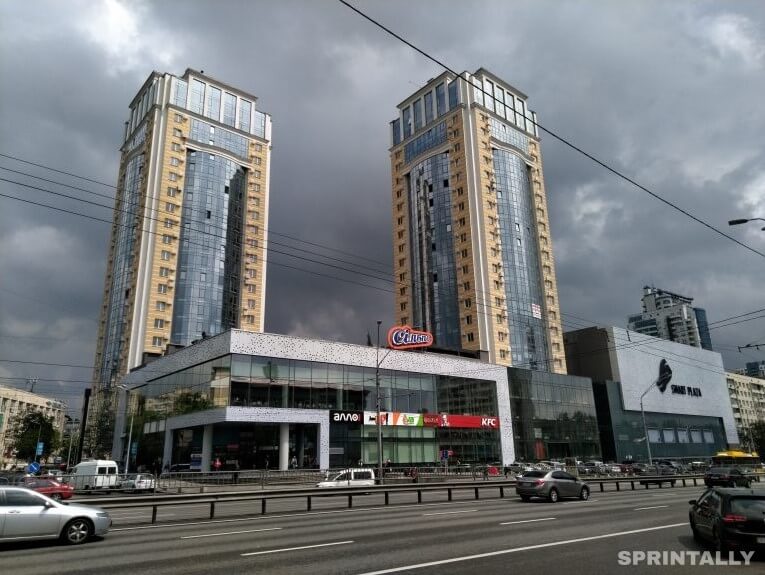
With sufficient lighting, the main camera provides decent pictures, with good detail and color rendering. Automation generally copes well with the selection of parameters, although periodically to get bright frames you need to minimize the exposure, focusing on the required object.
ASUS ZenFone 5 Lite adequately copes with macro, although for proper focus you need the appropriate lighting conditions. With a lack of light, the process slows down. In any case, with a similar task, the device copes much better than the same Sony Xperia XA2, which has great difficulties in macro mode.
When there is a lack of lighting, the use of not very high-aperture optics is felt, the frames lose detail and color saturation. In dark areas, the effects of granularity appear. But again, within the limits of the class results quite good.
During shooting, the main camera is available in the manual mode. Here you can set the white balance, adjust the focus, set the shutter speed (1/1000 - 32 s), sensitivity (100-3200 ISO) or make exposure compensation (+ -2 EV). If you want to add additional importance to the process of photography, you can also include the inclinometer and display a histogram.
In difficult conditions, for example, in the presence of backlight, it is better to switch to manual mode and at least independently adjust the exposure compensation value. On such scenes, it is always difficult to get a balanced frame with the study of all objects without overexposures and dark areas.
The smartphone shoots video in Full HD mode with a frequency of 30 or 60 frames / c, it also manages to capture a video stream with a resolution of 4K (3840 × 2160) at 30 frames/sec. Quality is good for its class.
An additional camera with a wide viewing angle greatly increases the panorama. However, the 8-megapixel module is more suitable for landscape photographs, photo architecture or group memories when it's important to fit as many objects into the frame as possible. The quality of the images is expected to be lower than that of the main module, as well as the requirements for external lighting.
Improve the picture can activate HDR, working for both the main and the additional module. For example, when shooting in the evening in cloudy weather, this mode can be a great help, literally saving the situation.
Summarizing, we can say that ASUS ZenFone 5 Lite allows you to take photos and video of medium quality. The smartphone cannot compete with the flagships here, but the results are good within the framework of its price group. Additional wide-angle cameras expand the shooting capabilities, while Sony's 20-megapixel front module with optional software will be appreciated by lovers of Selfie.
Price
Recommended price ASUS ZenFone 5 Lite in the version with 4 GB of memory and a drive for 64 GB - 10 000 UAH. For the first customers of new models, the manufacturer also offered a discount of $ 1000. At some partners, the action will last till May, 15th because interested persons still can have time to save 10%.

We must admit that ASUS ZenFone 5 Lite is not alone in its category. Despite the fact that the segment of large-scale devices of the middle class with an 18: 9 screen is just gaining momentum, there is already competition. This is a weighty Sony Xperia XA2 Ultra, and a couple of HUAWEI Mate 10 Lite / Honor 7X, a potential threat to the beginner may also come from Xiaomi Redmi Note 5 Pro and a slightly more expensive Xiaomi Mi Mix 2.
Perhaps to increase the attractiveness of ASUS ZenFone 5 Lite, the manufacturer would have to prolong the share with a special price, but, as is usually the case, with time, the cost of devices will adjust the market.
EVALUATION OF SPRINTALLY
PROS: The device format with a 6-inch screen and a ratio of 18: 9; interesting, unbroken design; monolithic structure; brightness and contrast of the screen; Economical platform on Snapdragon 630; Memory combination 4/64 GB; support for NFC; wide-angle cameras; normal autonomy; triple slot for a pair of nanoSIM and a memory card; Fingerprint's scanner; headset includedCONS: Built-in micro-USB; lack of fast charging; there is no additional setup of the ASUS Splendid screen; basic color temperature of the displayCONCLUSION: After three weeks of using ASUS ZenFone 5 Lite as the main smartphone, the new device of the Taiwanese manufacturer leaves a pleasant impression. The monolithic bar seems to be not surprising with its characteristics, but in general, it is well balanced for its price and offers several interesting options in the form of a pair of wide-angle cameras, support for NFC and the correct tray for SIM / microSD. The increased size more than justifies the size of the screen to which you quickly get used to. A bright contrast display after using a blue filter offers a natural picture, although I would like to initially have a warmer color temperature. Processor Snapdragon 630 in combination with 4 GB of RAM are good at daily workloads, and if you do not keep your entire music library on your smartphone, then the basic 64 GB will do without a memory card. Ambiguous solution ASUS can be considered the use of a connector micro-USB instead of a symmetrical USB Type-C, and as for the price, then the increased competition in the segment will certainly force the manufacturer to act more aggressively here to attract the attention of captious buyers.
Specifications
| A type | Smartphone |
| Preset OS | Android 8.0 (Oreo + ZenUI 5) |
| Operative memory, GB | 4 |
| Built-in memory, GB | 64 |
| Expansion Slot | microSD (up to 2TB) |
| SIM card type | Nano-SIM |
| Number of SIM cards | 2 |
| CPU | Qualcomm Snapdragon 630 + GPU Adreno 508 |
| Number of Cores | 8 |
| Frequency, GHz | 4x2.2 + 4x1.8 |
| Accumulator battery | Li-Pol, 3300 mAh (non-removable) |
| Operating time (manufacturer data) | 24 days standby time in 4G networks, 30 hours talk time in 3G networks, 4 days when listening to music |
| Diagonal, inches | 6th |
| Resolution | 2160x1080 |
| Type of matrix | IPS |
| PPI | 402 |
| Brightness control sensor | + |
| Other | glass 2.5D, blue light filtration |
| Main camera, Mp | 16 (f / 2.2) + 8 (f / 2.4) |
| Videography | 3840x2160 (30fps) |
| Flash | + (double LED) + front (LED) |
| Front camera, Mp | 20 (f / 2.0) + 8 (f / 2.4) |
| High speed data transfer | GPRS / EDGE / UMTS / HSPA + / LTE Сat13 |
| Wi-Fi | 802.11 a / b / g / n / ac Dual Band |
| Bluetooth | 4.1 |
| GPS | + (GLONASS, Beidou) |
| IrDA | - |
| FM radio | + |
| Audio Connector | + |
| NFC | + |
| Interface Connector | USB 2.0 (micro-USB) |
| Dimensions, mm | 76x160.5x7.75 |
| Weight, g | 168.3 |
| Protection from dust and moisture | - |
| Type of shell | monoblock (non-separable) |
| Housing material | metal, glass |
| Keyboard type | screen input |
| Yet | fingerprint scanner 0,3s, recognition of wet fingers |





